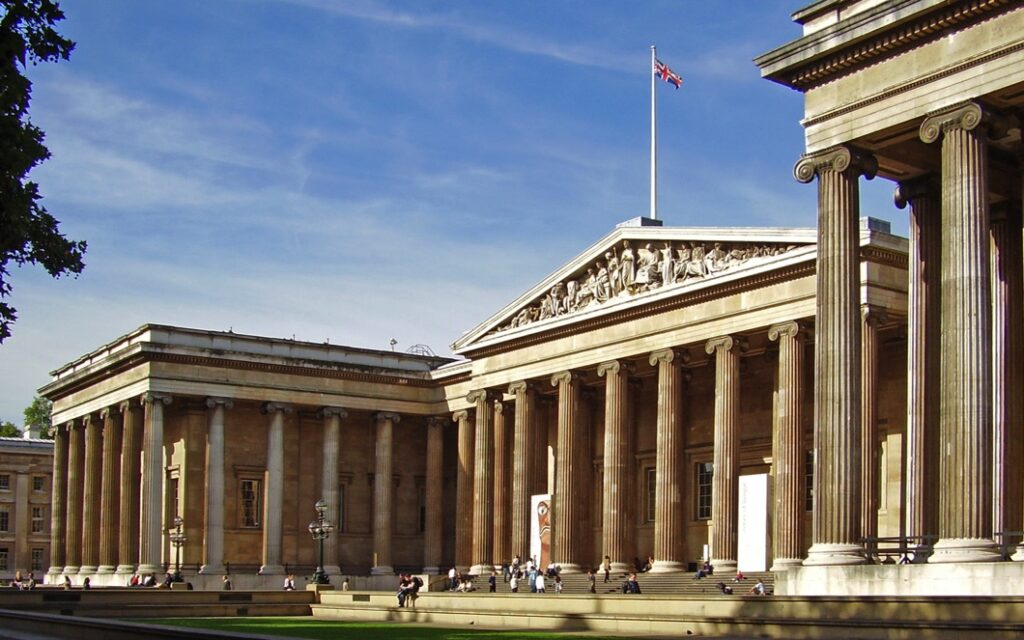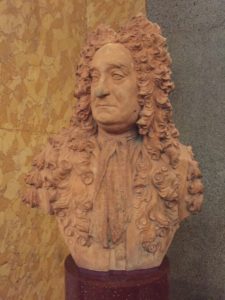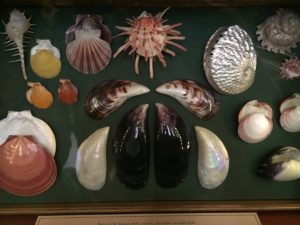A 1937 George Gershwin hit song starts this way: “A foggy day in London town, had me low, had me down; I viewed the morning with alarm, the British Museum had lost its charm.” Perhaps the museum lost its charm for Gershwin, but the rest of the world remains enchanted. The museum opened to the public on January 15, 1759, and amazes nearly 7 million people every year.

The British Museum was the first national museum in the world. It was founded in 1753, when the will of Sir Hans Sloane (1660-1753), a successful London doctor, bequeathed his collection to the British people (in exchange, actually for 20,000 British pounds). He had begun collecting while traveling as the personal physician to the governor of Jamaica. His main interest was natural history, and he brought back 800 species of plants and animals, many alive, from that voyage.

He never stopped collecting. He also acquired collections of others, accumulating more than 71,000 objects, mostly natural history, during his life (the Enlightenment Gallery at the museum represents the way an 18th Century museum looked, with an overwhelming preponderance of natural specimens displayed as objects of curiosity). His library exceeded 50,000 volumes. His collections filled up his house in the Bloomsbury district of London, across the street from the current site of the library, and then the house next door. He eventually had to move to the Chelsea district to find a home with sufficient space (his home was on the square that now bears his name).
From the beginning, the museum was free and open to the public, a service to “all studious and curious Persons.” Its doors have remained open since then, except during the two world wars in the 20th Century. About 5,000 people visited the museum in 1759; nearly 7 million now visit each year, making it the most popular attraction in the United Kingdom.

But that tells just part of the story. As the museum became more and more popular in the late 1800s, and as the collections continued to grow and diversify, the facilities became overly crowded. Consequently, a new building was constructed in the South Kensington district of London to house the natural history collections. That building opened in the 1880s, splitting the attendance between the sites. Now run as the independent Natural History Museum (read more), it attracted about 4.6 million visits in 2016. The British Library, which was part of the museum until 1973, also attracts more than 1 million visitors annually. In all, then, nearly 13 million people visit the British Museum and its offspring every year.
The British Museum itself is now primarily a cultural and archeological museum, known for outstanding exhibits including the Rosetta Stone and the Parthenon friezes (which may be on their way back to Athens). But its role as the conservator of the natural history of the world during the age of exploration helped shape our understanding of natural selection, evolution, biodiversity, ecology and conservation. It will never lose its charm.
References:
British Museum. The Museum’s story—General History. Available at: http://www.britishmuseum.org/about_us/the_museums_story/general_history/sir_hans_sloane.aspx. Accessed January 15, 2018
